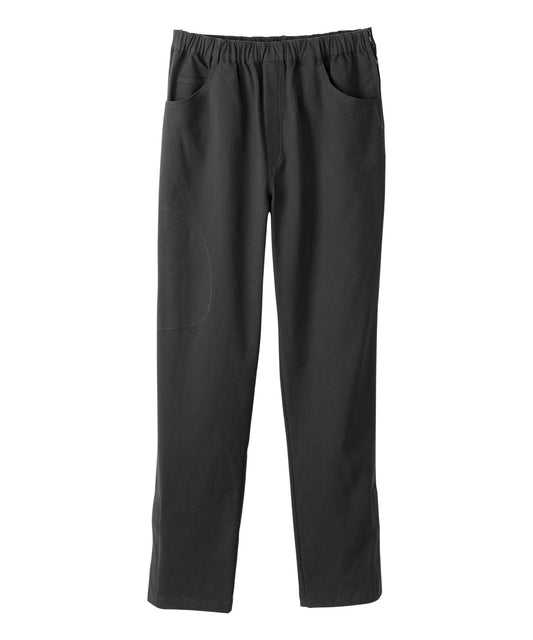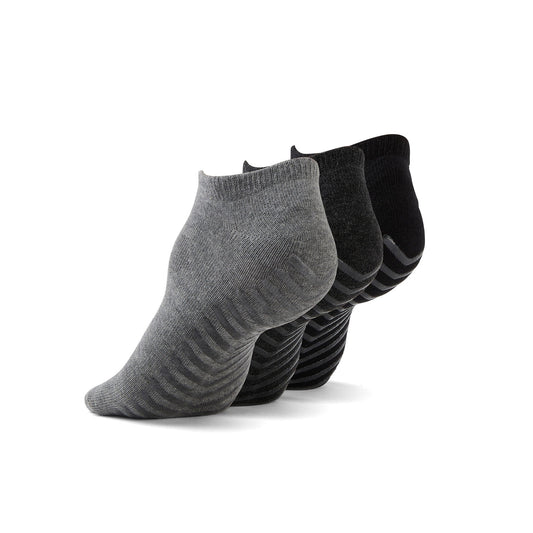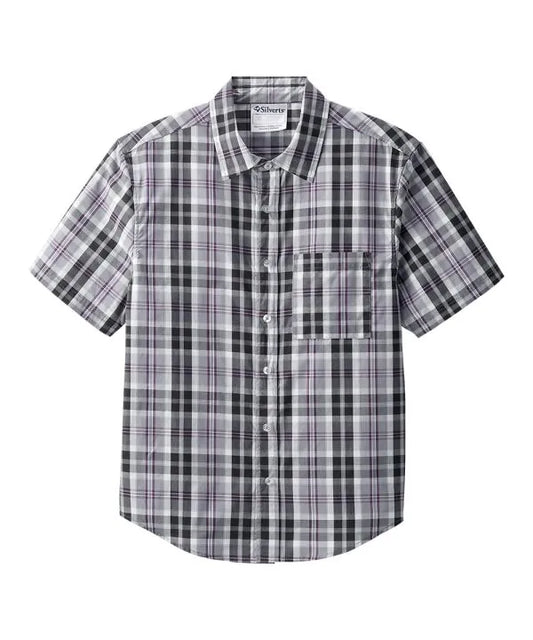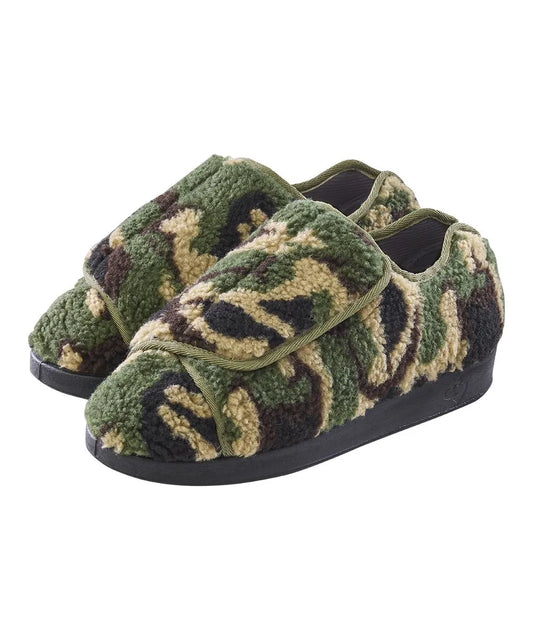Written by Sahar Mamish & Reviewed by Gurnoor Mand
Fashion is an ever-evolving industry that has the ability to influence culture and create social change. However, one area where fashion is severely lacking is accessibility. Accessibility in fashion refers to the ability of people with disabilities, physical limitations, or other special needs to access and wear fashionable clothing that is both stylish and functional.
Despite the growing demand for inclusive fashion, the industry continues to fall short in providing clothing that is accessible to everyone. In this blog post, we will explore the reasons why fashion isn't inclusive in terms of accessibility and the ways in which the industry can improve.
1. Limited Options for People with Disabilities
One of the primary reasons why fashion isn't inclusive is that there are limited options available for people with disabilities. For example, many clothing brands do not offer designs that are adapted for people who use wheelchairs or have prosthetics. This can make it difficult for these individuals to find clothing that is both stylish and functional.
Furthermore, people with disabilities may have difficulty with fastenings and zippers, which can be hard to reach or use with certain physical limitations. Additionally, individuals with sensory issues may have trouble finding clothing made with soft, non-irritating fabrics that are comfortable to wear.
2. Lack of Sizes and Shapes
Another reason why fashion isn't inclusive is that there is a lack of sizes and shapes available for people who do not fit the standard mold. Many clothing brands only produce clothing in limited sizes, which can be frustrating for people who do not fit into these categories.
This can be particularly challenging for individuals who are plus-size or have unique body shapes, such as people with curvy or muscular physiques. The lack of options can make it difficult for them to find clothing that fits comfortably and flatters their body.
3. Ignoring the Needs of Aging Consumers
The fashion industry also tends to ignore the needs of aging consumers. As people age, they may experience physical changes that make it more difficult for them to wear traditional clothing. For example, they may have mobility issues that make it challenging to fasten buttons or use zippers.
Additionally, older adults may have difficulty finding clothing that accommodates incontinence, which is a common issue among this population. The lack of options can make it difficult for them to find clothing that is both comfortable and functional.
4. Limited Representation in Advertising
Another area where fashion falls short in terms of accessibility is in advertising. Many clothing brands use models who fit into a specific mold, such as young, thin, able-bodied individuals. This can be disheartening for people who do not fit this description and can make them feel excluded from the industry.
Furthermore, many advertisements do not feature models with disabilities or who are of different ages or sizes. This lack of representation can make it difficult for these individuals to see themselves represented in the fashion industry and can contribute to feelings of isolation and exclusion.
5. High Cost of Adaptive Clothing
Finally, the cost of adaptive clothing can be prohibitively expensive for many people. While there are some brands that specialize in adaptive clothing, these items can be significantly more expensive than traditional clothing.
This can be a challenge for people who have limited financial resources, as they may not be able to afford to purchase clothing that meets their specific needs. Additionally, the high cost of adaptive clothing can make it difficult for the fashion industry to reach a wider audience and make their designs more inclusive.
Improving Accessibility in Fashion
While the fashion industry still has a long way to go when it comes to accessibility, there are some steps that brands can take to improve. For example, they can:
1. Include a Wide Range of Sizes and Shapes
One of the most important things that brands can do to improve accessibility in fashion is to include a wide range of sizes and shapes. By offering clothing in a variety of sizes and styles, the industry can make fashion more inclusive and accessible to a wider range of individuals. This can include expanding sizes beyond the traditional XS-XL range and offering clothing that accommodates different body shapes.
2. Invest in Adaptive Clothing
Another way to improve accessibility in fashion is to invest in adaptive clothing. This can include designing clothing that is tailored to the needs of people with disabilities, such as clothing that is easy to put on and take off, or that accommodates prosthetics or mobility aids. By investing in adaptive clothing, the industry can make fashion more accessible and functional for a wider range of individuals.
3. Use Inclusive Advertising
The fashion industry can also improve accessibility by using inclusive advertising that features models of all ages, sizes, and abilities. By including a wider range of individuals in advertising campaigns, brands can help to promote greater diversity and inclusivity in the industry. This can also help to make fashion more relatable and accessible to a wider range of individuals.
4. Prioritize Comfort and Functionality
When designing new clothing lines, brands should prioritize comfort and functionality. This can include using soft, non-irritating fabrics that are comfortable to wear, as well as incorporating features that make clothing easier to put on and take off, such as magnetic closures or adjustable fastenings. By prioritizing comfort and functionality, the industry can create clothing that is more accessible to a wider range of individuals.
5. Collaborate with People with Disabilities
Finally, the fashion industry can improve accessibility by collaborating with people with disabilities to design new clothing lines. By working directly with individuals who have specific needs, brands can gain valuable insights into how to design clothing that is both functional and stylish. This can help to ensure that the needs of individuals with disabilities are represented in the design process, and that the resulting clothing is truly accessible to a wider range of individuals.
Fashion has the potential to be a powerful force for social change, but the industry must first address its shortcomings in terms of accessibility. By recognizing the needs of individuals with disabilities, aging consumers, and people with unique body shapes, the industry can begin to create more inclusive clothing that is both stylish and functional. By investing in adaptive clothing, using inclusive advertising, prioritizing comfort and functionality, and collaborating with people with disabilities, the fashion industry can take an important step towards creating a more inclusive and accessible future.















